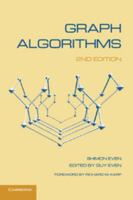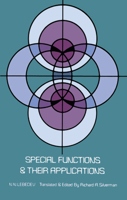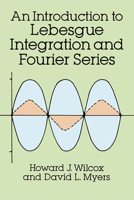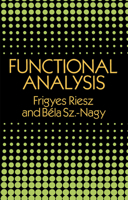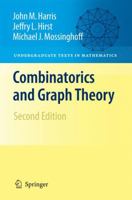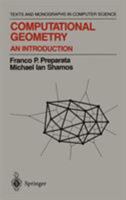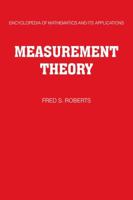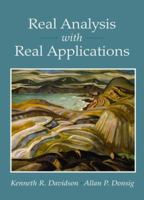Applied Combinatorics
Select Format
Select Condition 
You Might Also Enjoy
Book Overview
Now with solutions to selected problems, this bestselling textbook presents the tools of combinatorics from an applied point of view. It focuses on three basic problems of combinatorics: counting, existence, and optimization problems. The text contains many examples from the biological, computer, and social sciences, including disease screening, genome mapping, satellite communication, search engines, telecommunications traffic, web data, sound systems, oil drilling, dynamic labor markets, data mining, and distributed computing. It also offers numerous references to the literature of combinatorics and its applications that enable readers to delve more deeply into the topics. This description may be from another edition of this product.
Format:Paperback
Language:English
ISBN:0130393134
ISBN13:9780130393135
Release Date:January 1984
Publisher:Prentice Hall
Length:1081 Pages
Weight:2.42 lbs.
Dimensions:1.4" x 7.3" x 9.6"
Customer Reviews
8 customer ratings | 4 reviews
There are currently no reviews. Be the first to review this work.










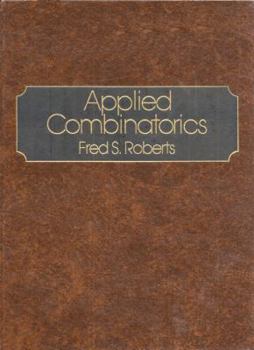


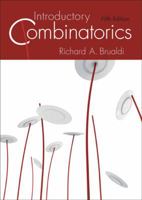
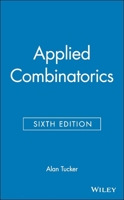
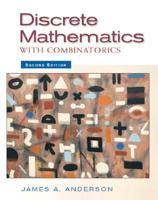

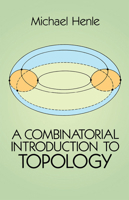
![LINEAR ALGEBRA, 4TH EDN [Paperback] Friedberg, Insel, Spence](https://i.thriftbooks.com/api/imagehandler/s/6062D45A9B24D42B56DE42EB52BA7DE0FE2BA9C1.jpeg)

